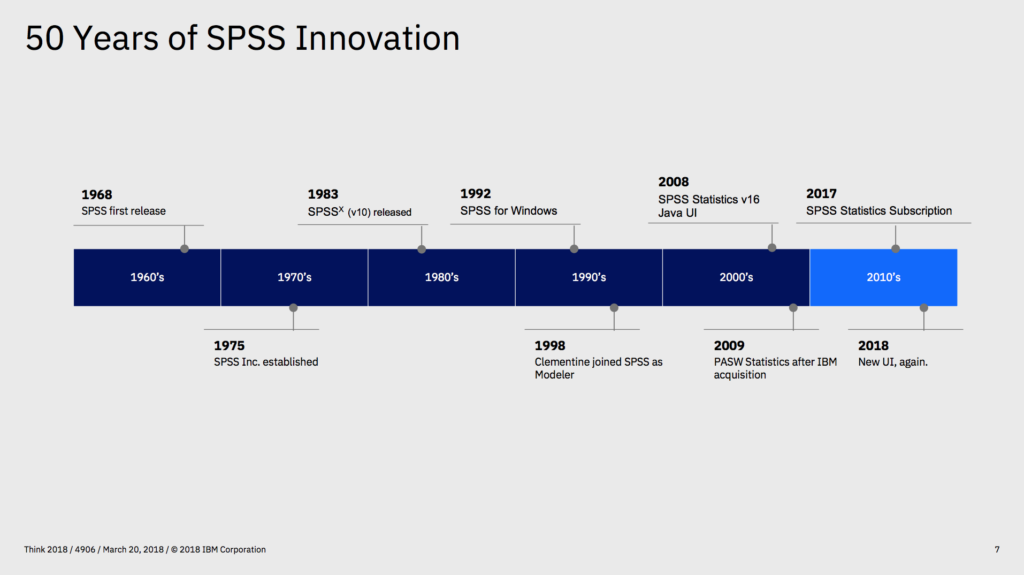
Also, I find it useful to view the histograms of the data too, so tick the ‘ Histogram‘ option under the ‘ Descriptive‘ heading.Ĥ. Tick the ‘ Normality plots with tests‘ option, since this will enable the normality tests. This will open up another window with a variety of options. To select the normality tests, next click on the ‘ Plots…‘ button. Place whatever variable you want to test into this box.ģ. To do this, I will move the ‘ Age‘ variable over to the ‘ Dependent List‘ box. Let’s firstly determine if the data (ages of subjects) for the whole dataset is normally distributed. A new window called ‘ Explore‘ should now be open. Firstly, go to ‘ Analyze > Descriptive Statistics > Explore …‘.Ģ.
PREPARE MY DATA FOR SPSS 25 HOW TO
There are a few ways to determine whether your data is normally distributed, however, for those that are new to normality testing in SPSS, I suggest starting off with the Shapiro-Wilk test, which I will describe how to do in further detail below. Now we have a dataset, we can go ahead and perform the normality tests. In total there are 40 subjects, half of which are male and the other half female. It is simply a file containing two variables of ages (in years) and the sex of a population. I have created an example dataset that I will be using for this guide.

The first thing you will need is some data (of course!) in the SPSS file.

How to test for normality in SPSS The dataset Normality testing in SPSS will reveal more about the dataset and ultimately decide which statistical test you should perform. The very first thing you should do before performing any statistical test, is to see whether your data is normally distributed.


 0 kommentar(er)
0 kommentar(er)
